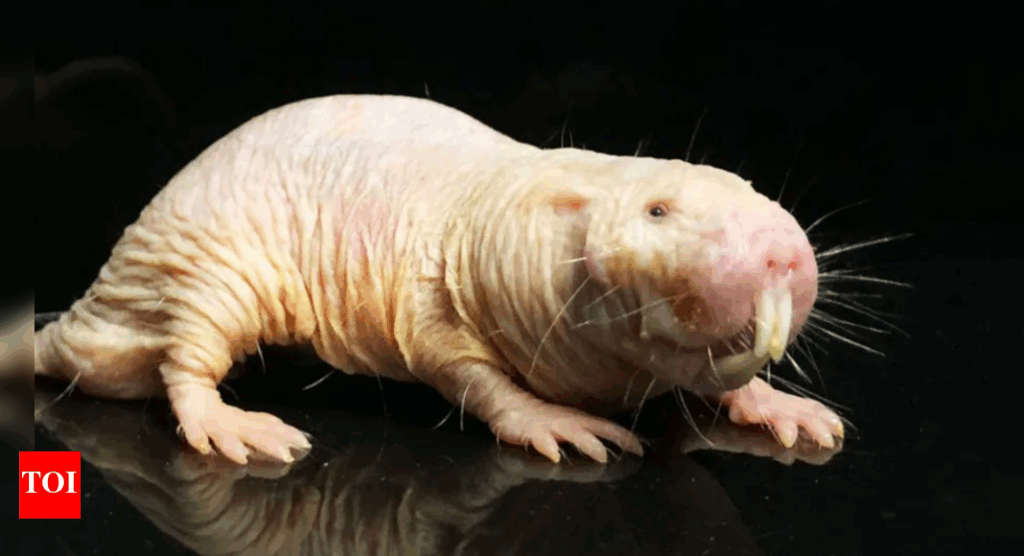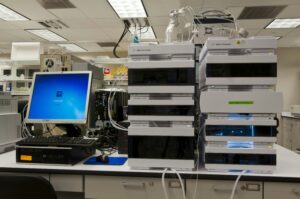
Scientists have made a groundbreaking discovery that could revolutionize our understanding of ageing. Naked mole-rats, renowned for their exceptional longevity and resistance to age-related diseases, possess a unique DNA repair protein. This modified protein enhances cellular repair, offering insights that could eventually lead to human applications.
The discovery, published in the journal Science, reveals how these small burrowing rodents from East Africa defy the typical biological constraints of ageing. Unlike their human counterparts, the mole-rats’ DNA repair mechanisms are enhanced rather than hindered by the cGAS protein, a crucial component in cellular maintenance.
The Quest for Longevity
Throughout history, the concept of anti-ageing has captivated human imagination. From the mythical Fountain of Youth to modern-day scientific endeavors, the quest to extend life and preserve youthfulness is a timeless pursuit. In recent years, scientists have increasingly turned to nature, studying animals that exhibit remarkable longevity and resilience to disease.
Among these animals, naked mole-rats stand out. While most rodents of a similar size live only a few years, these creatures boast a lifespan of nearly 40 years. Their resistance to cancer, neurological decline, and arthritis has made them a focal point of scientific research worldwide.
Naked Mole-Rats: A Biological Marvel
Naked mole-rats are unique in their ability to maintain health and vitality well into old age. The recent study led by researchers from Tongji University in Shanghai highlights the role of a modified version of the cGAS protein in their DNA repair process. This protein, which typically interferes with repair mechanisms in humans and mice, functions differently in mole-rats due to changes in just four amino acids.
“These tiny modifications cause the cGAS protein in mole-rats to enhance rather than inhibit DNA repair, making their cells much better at fixing genetic damage.”
Professor Gabriel Balmus from the University of Cambridge explains that although the mole-rat’s cGAS protein shares a similar structure with the human version, key differences like flipped connectors alter its function entirely. This discovery sheds light on how these rodents have naturally rewired their cellular aging pathways over millions of years.
Implications for Human Health
The potential applications of this research are immense. By inserting the mole-rat cGAS into fruit flies and mice, scientists observed slower ageing, increased lifespan, and improved overall health in these genetically modified animals. This suggests that mimicking or reverse-engineering the mole-rat mechanism could lead to new treatments for age-related diseases in humans.
According to Prof. Balmus, the findings could pave the way for therapies that improve healthspan—the period of life spent in good health—as global populations continue to age. This research represents a significant step forward in the ongoing quest to understand and combat the biological processes of ageing.
A Future of Anti-Ageing Possibilities
The discovery of the naked mole-rat’s unique DNA repair protein opens up exciting possibilities for the future of anti-ageing science. As researchers continue to explore the mechanisms behind this rodent’s longevity, there is hope that similar strategies could be applied to human biology, potentially transforming how we approach ageing and age-related diseases.
While the journey from laboratory findings to practical applications is long and complex, the insights gained from studying naked mole-rats offer a promising glimpse into a future where ageing could be slowed, and healthspan extended. As science advances, the dream of living longer, healthier lives may be closer than ever before.







